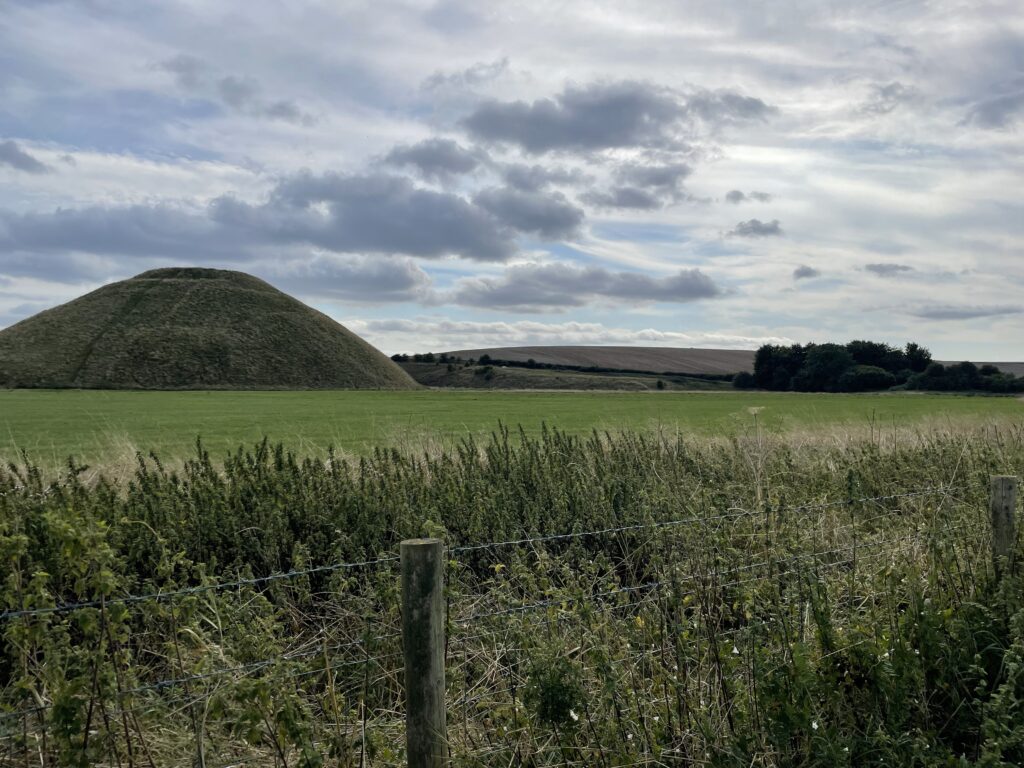I was in England last September for the Historical Novel Society Conference, and afterwards my husband and I settled down in Winchester where I planned to conduct several days of ‘boots-on-the-ground’ research. Along the way, though, we stopped at the Avebury World Heritage Site a large area that includes several neolithic stone monuments. The best known of these is the Avebury Henge, which is the largest in Britain. Even though many of the stones were removed over the millennia and used elsewhere, the henge is so large that it is difficult to even visualize the entire thing while you are standing at ground level.
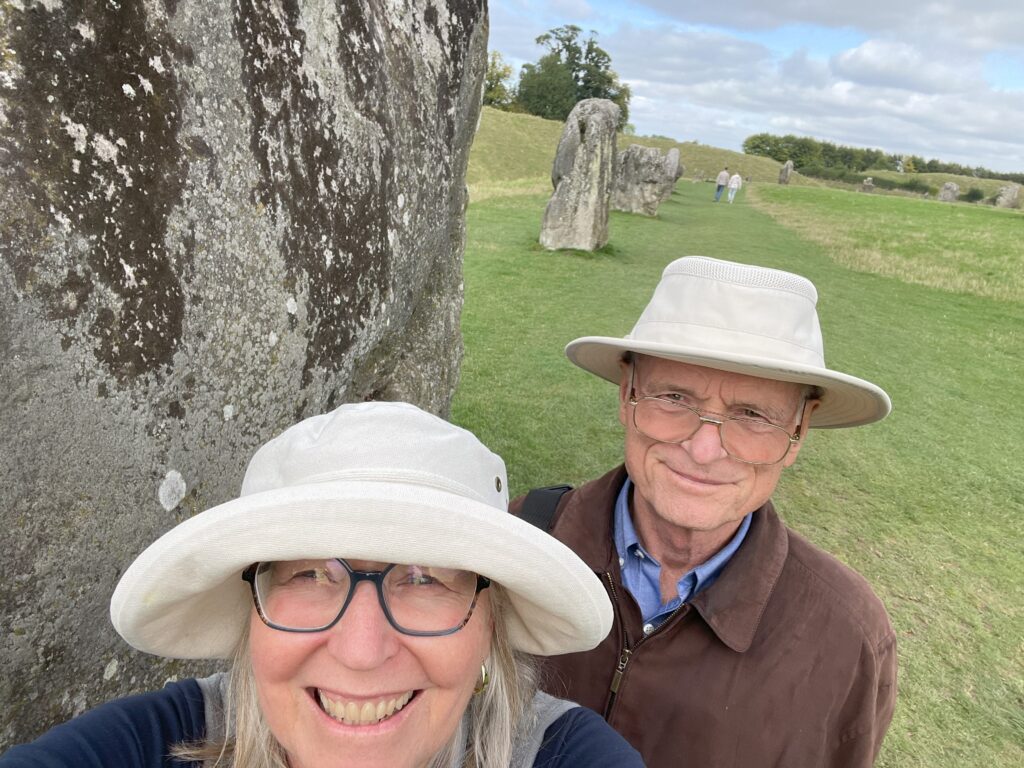
An aerial shot of the henge and its bank and ditch gives a better view.
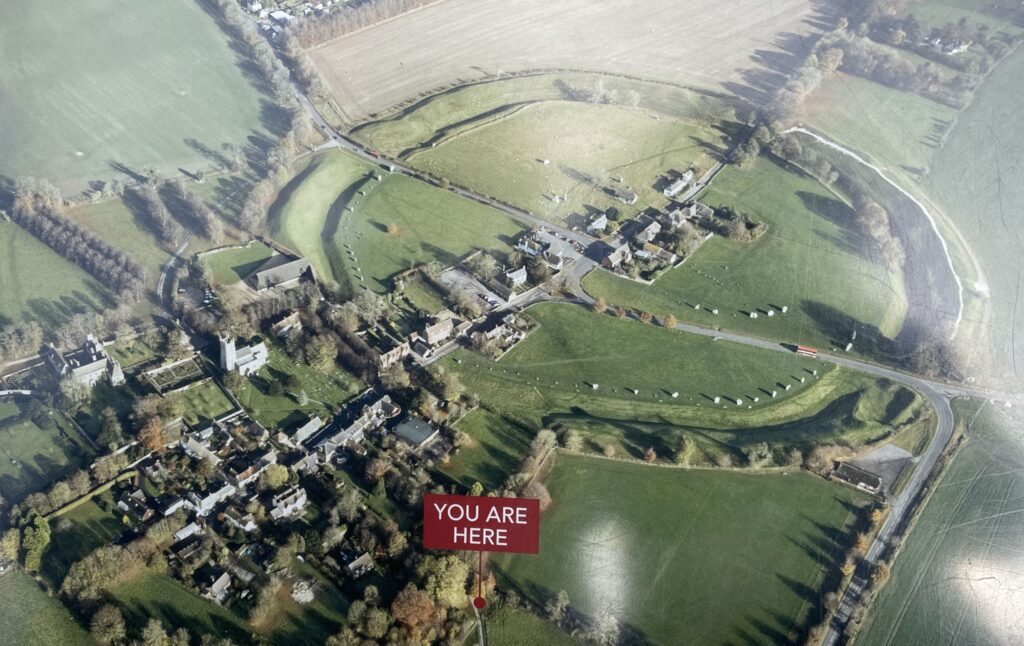
But we had been to Avebury on a previous trip, and I only insisted on stopping there because I wanted to have a look at one of the ancient sites nearby that I had read about when I was researching The Price of Blood.
Silbury Hill is one of the monuments that make up the Avebury site, and it sits about a mile away from the henge, quite near the River Kennet. It was built of chalk that was dug out by hand from a surrounding ditch. It is covered with turf now, but two millennia ago it would have been a gleaming white chalk mound that was probably visible for miles, and could certainly be seen from the henge at Avebury. It is 98 feet high and is the largest prehistoric mound in Europe.
The hill was constructed in a number of stages, probably over 150 years (not unlike the medieval cathedrals), beginning with a small gravel mound. Over the decades people added dumps of soil, turf, chalk and sarsen stones, and eventually dug a massive circular ditch around it that was over 300 feet in diameter. Archaeologists calculate that it took 15 million man hours to deposit and shape that hill.
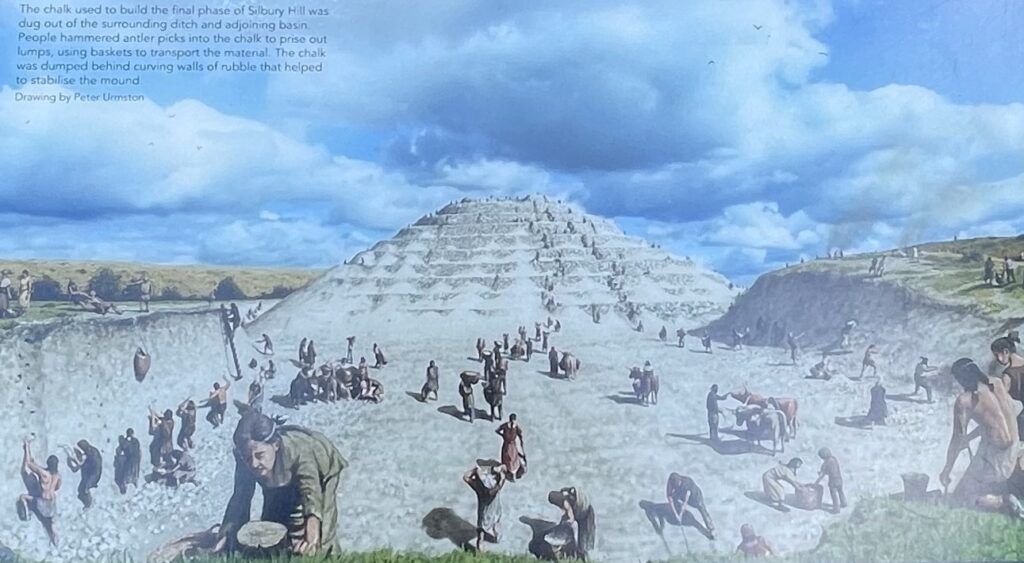
The final massive chalk mound and its moat-like ditch was probably completed, by about 2300 BC. The area around the hill was dug out to create a large water basin, perhaps to create a reflection of the gleaming white hill. It still fills with water in winter.
Silbury Hill is not a burial mound. It has been examined, and there were no bodies or grave goods found within. I had seen photos of the hill during my research, and I had wondered if the summit was large enough to house an Anglo-Saxon stronghold. At the time, I was working on a scene that described a battle between the English and the Danes in 1006 that took place near the River Kennet. Could Emma have watched that battle from the top of Silbury Hill? But there was no way for me to visually grasp its size just from photos because there was no one standing near it or on it. I had to give up the idea of placing Emma in a fortress up there, but that man-made hill continued to intrigue me. I wanted to see it for myself.
So we walked the mile or so from Avebury Henge to Silbury Hill, and I imagined that I was treading a path that people had used more than 3000 years ago.
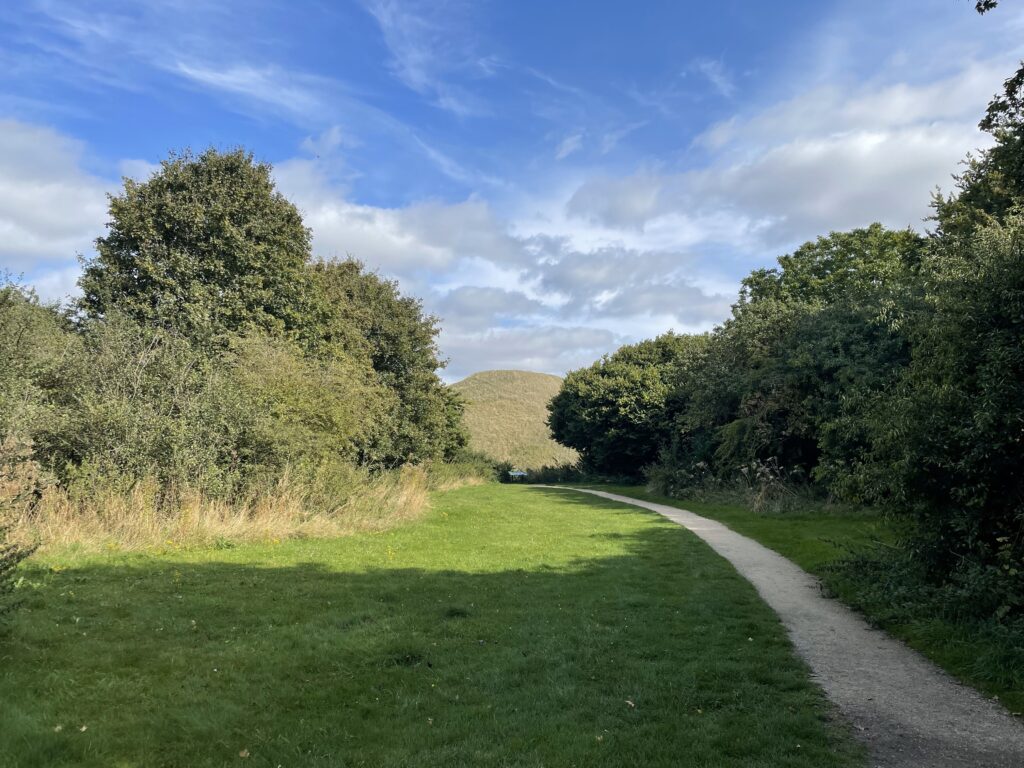
Once within sight of the hill I realized why there was no one standing near it in any of the photos I’d seen. There is a fence around the site in order to preserve it. No one can get near it, not even a curious historical novelist.
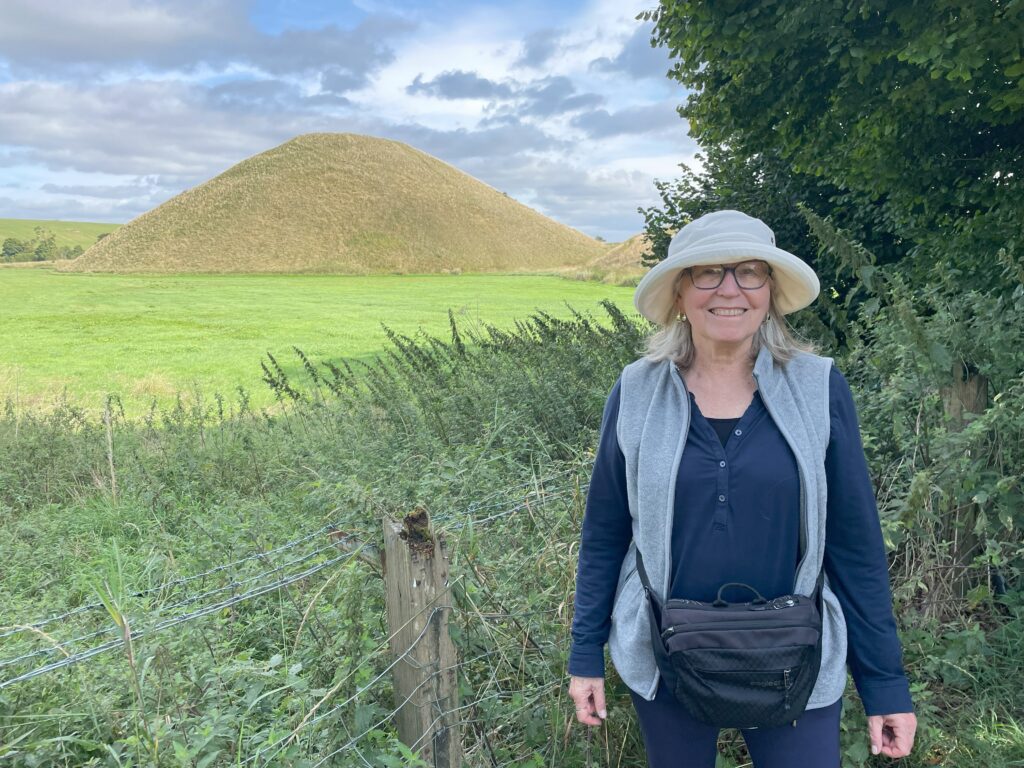
It is still hard for me to grasp what was in the minds of the builders as they spent entire lifetimes creating this monument, presumably to a deity, although we cannot be certain even of that. There were certainly ceremonies of some kind held within the Avebury Henge, but what, if anything, took place on that massive, white hill? What was it for? It remains an ancient mystery, and I cannot help wondering if Queen Emma ever saw it.
